What movie was the basis for the TV show “Daktari” (CBS, 1966-69)?
Clarence the Cross-Eyed Lion (1965), was the basis for the TV show “Daktari” (CBS, 1966-69) , with Betsy Drake and Marshall Thompson.

Clarence the Cross-Eyed Lion (1965), was the basis for the TV show “Daktari” (CBS, 1966-69) , with Betsy Drake and Marshall Thompson.
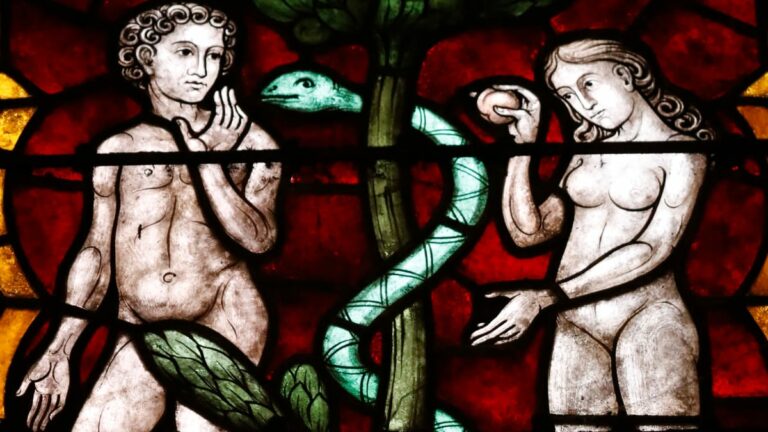
It could have been any kind of snake that tempted Eve, or none at all. Eve was tempted by a “serpent”, which, in Biblical times, could refer to any creeping animal, particularly if it was venomous. Thus, Eve could have been tempted by anything from a snake to a salamander to a crocodile.
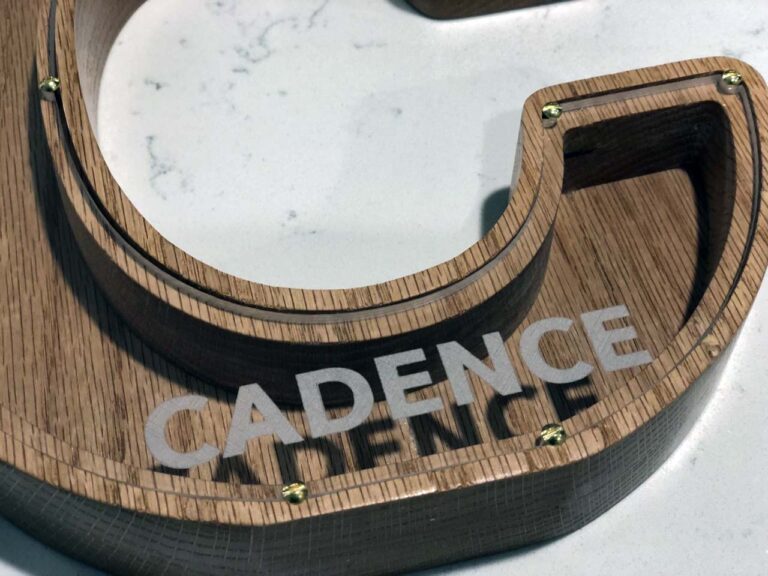
In the Middle Ages, people stored money in a “pygg jar,” made of a clay called pygg. By the eighteenth century in England, the name and shape of the receptacle had evolved to “pig bank”, and from there to piggy bank.

The company that eventually bore the name Shell Oil Company was originally a novelty shop in London called The Shell Shop. In the mid-1800s, shop owner Marcus Samuel became successful selling boxes of pretty seashells. Imported shells also brought in money, and his international trade business really expanded when he found he could also export…

Detroit is French for “the strait.” It refers to the strait formed by the Detroit River between Lake Erie and lake St. Clair. Originally founded as a French fort and trading post in 1701, Detroit was incorporated as a city in 1815.
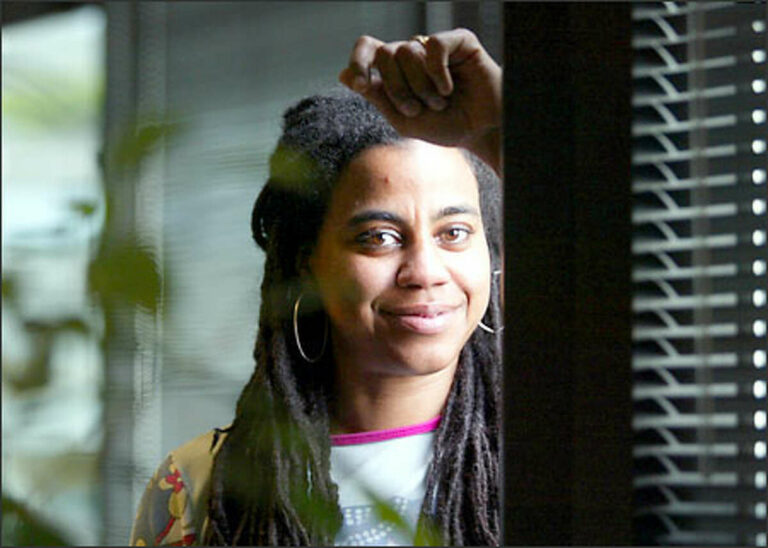
Why Marry? by Jesse L. Williams won the first Pulitzer Prize in 1918.
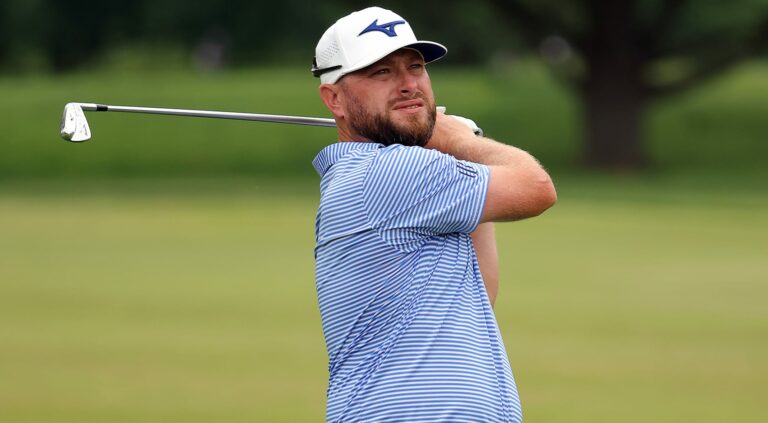
Arnold Palmer was the first U.S. professional male golfer to win over $1 million during his career, in 1963. No U.S. professional female golfer earned this much money until Kathy Wentworth in 1981.
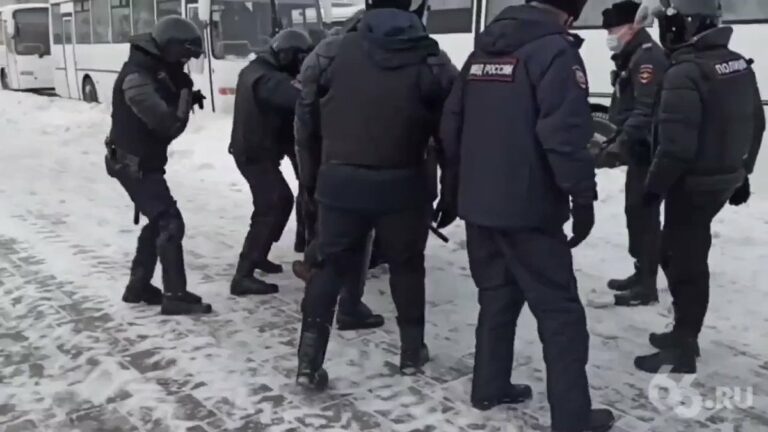
“What this country needs is a really good five-cent cigar” was uttered by Thomas R. Marshall, vice-president under Woodrow Wilson (1913-21), in response to a senator’s long speech about the country’s needs.
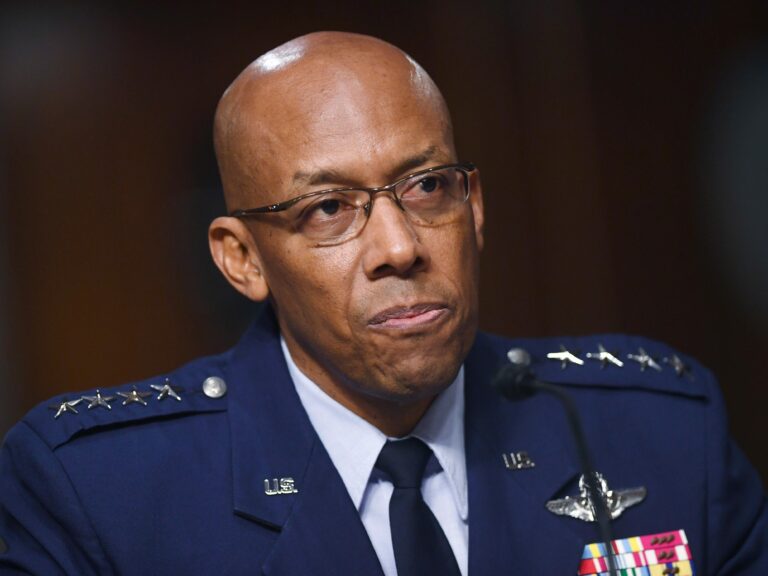
The first black U.S. general was Benjamin O. Davis, Sr. (1877-1970). He was promoted to the rank of brigadier general in the U.S. Army in 1940.
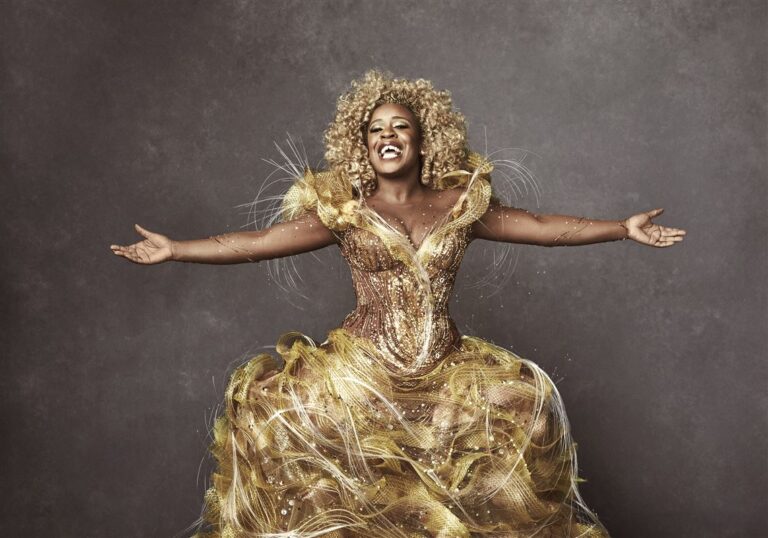
Richard Pryor played The Wizard of Oz in The Wiz (1978). The following played the other leads. Dorothy—Diana Ross Scarecrow—Michael Jackson Tinman—Nipsey Russell Cowardly Lion—Ted Ross

The Brooklyn Dodgers left Ebbets Field and moved to Los Angeles after the 1957 baseball season.
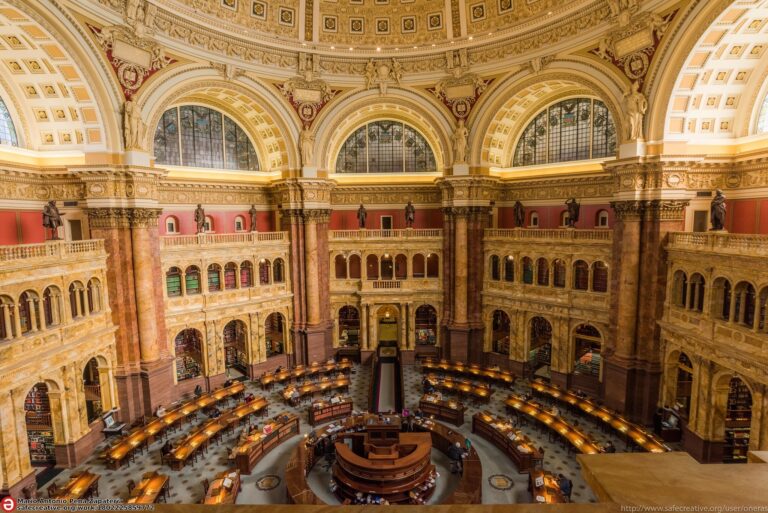
There are more than 97 million items are in the collections of the Library of Congress, including books, films, photographs, manuscripts, and records.
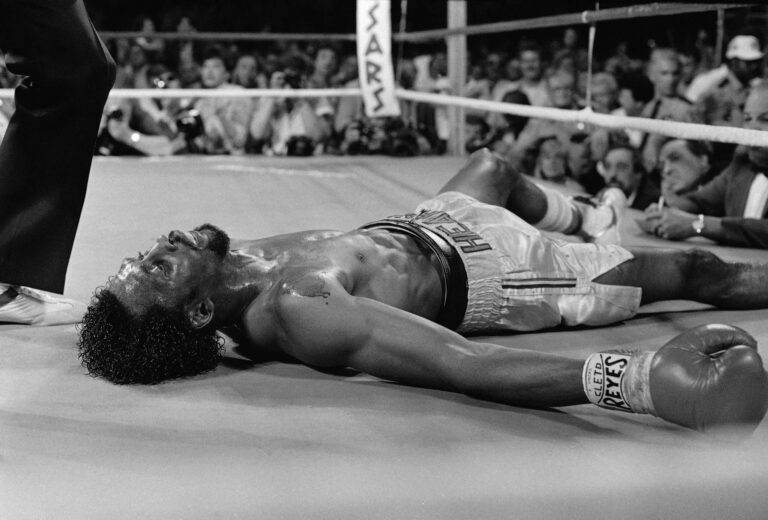
The challenger Luis Firpo, known as the “Wild Bull of the Pampas,” was Argentine. Dempsey defeated him in a brutal fight that ended less than a minute into the second round at New York’s Polo Grounds on September 4, 1923. The event is immortalized in the 1924 painting by George Bellows, The Dempsey-Firpo Fight, which…

The phrase passing the buck probably came into use in American poker games during the late nineteenth century. In 1872, Mark Twain wrote that players would pass an object, a buck, to remind them of who was to deal. It is also possible that buck is an old word for bet.
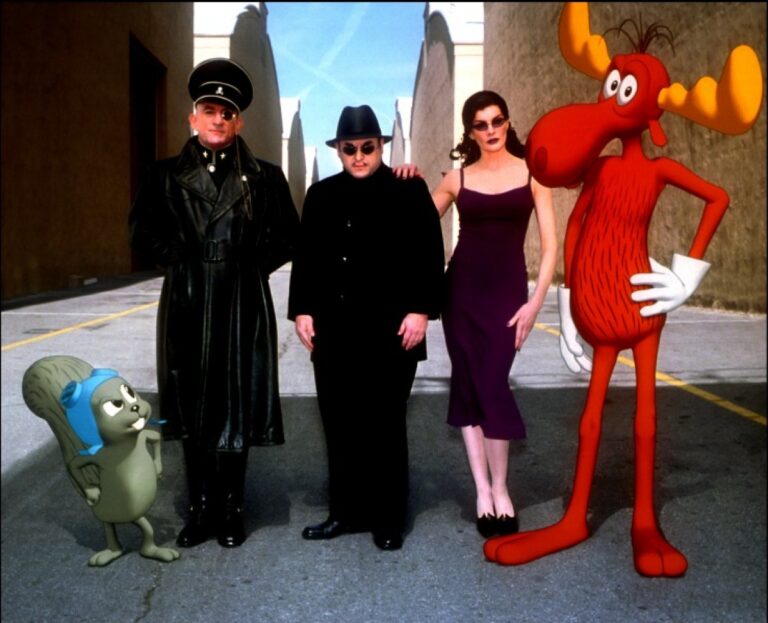
Bullwinkle J. Moose lived in Frostbite Falls, Minnesota.
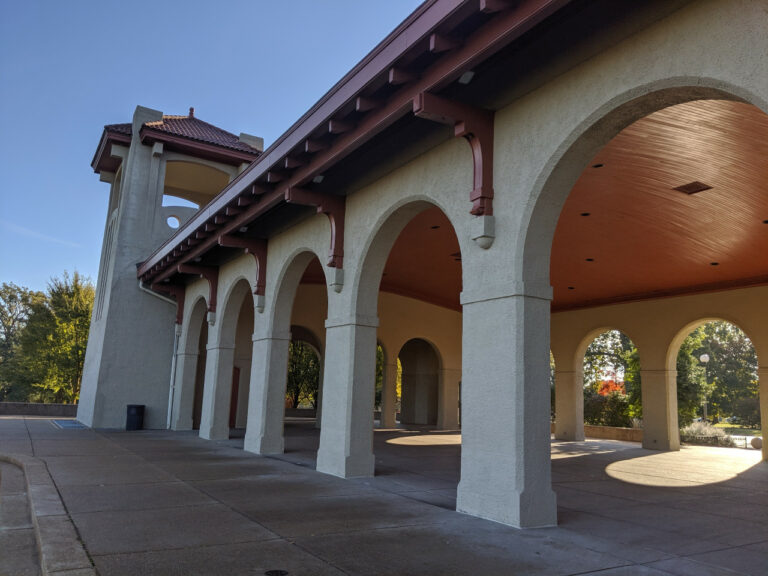
1876 Centennial Exposition—Philadelphia 1901—Pan-American Exposition—Buffalo, New York 1905—Lewis and Clark Centennial Exposition—Portland, Oregon 1926—Sesquicentennial Exposition—Philadelphia 1933-34–Century of Progress International Exposition—Chicago 1935 California Pacific International Exposition—San Di- ego 1939-40—New York World’s Fair—New York City 1939-40—Golden Gate International Exposition—Treasure Island, San Francisco 1962—Century 21 Exposition—Seattle 1964-65—New York World’s Fair—New York City 1974—Expo ’74—Spokane, Washington 1982—World’s Fair—Knoxville, Tennessee…
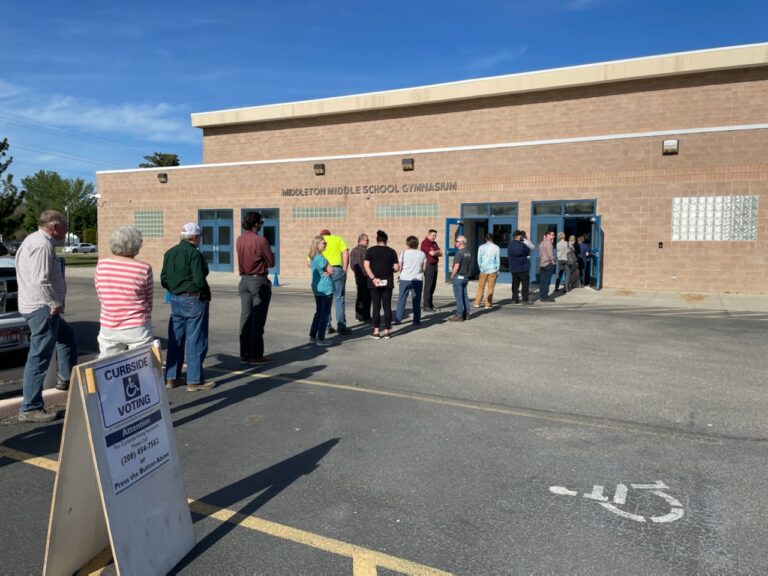
Dixville Notch, New Hampshire is the first election district to vote and report its returns in presidential elections.
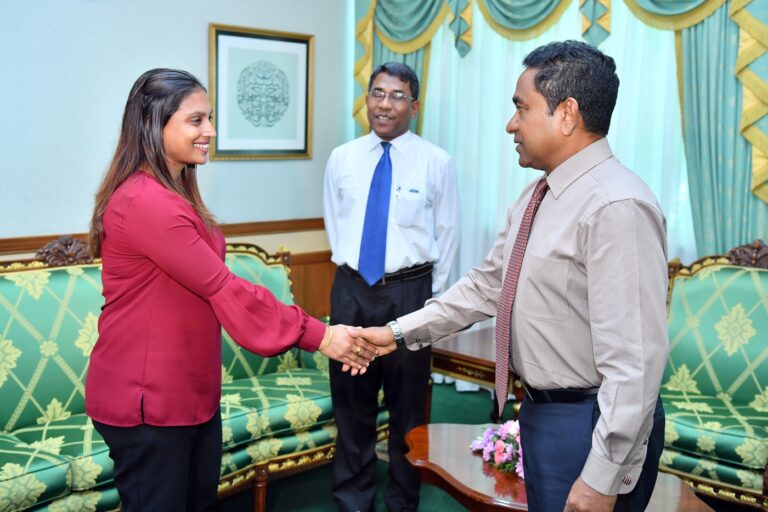
The first president to hold a doctorate was Woodrow Wilson (1856-1924), the 28th president. He received a doctorate from Johns Hopkins University in 1886. His thesis was entitled “Congressional Government, a Study in American Politics.”
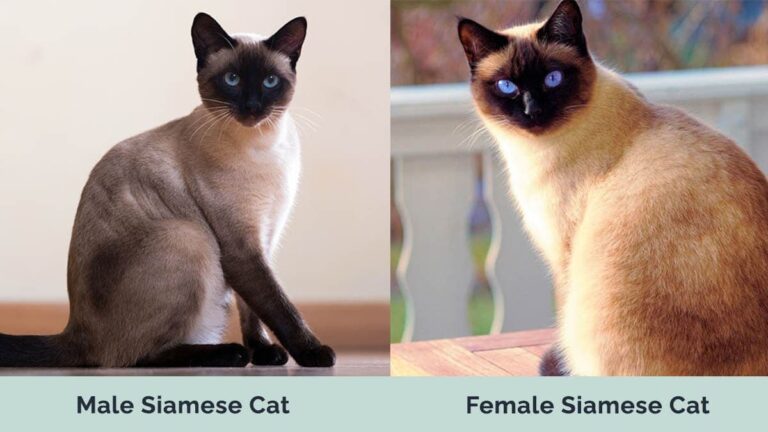
Raise the cat’s tail. If you see what looks like a colon (the punctuation mark), you’re probably looking at a male. If you see an upside-down semicolon, it’s a female.
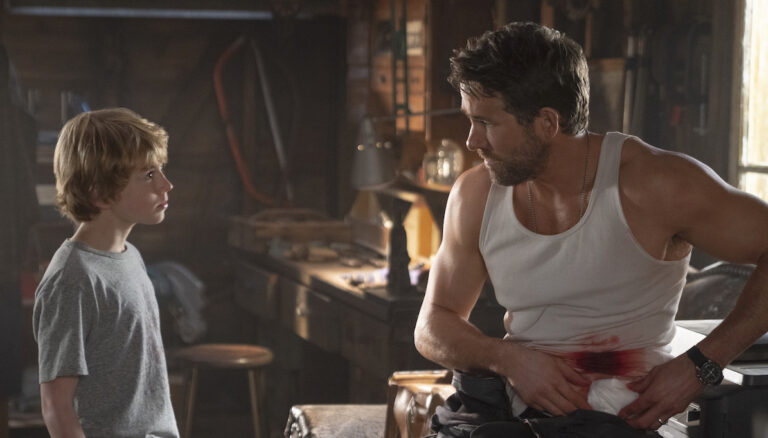
Daniel J. Travanti and JoBeth Williams played Adam’s parents John and Reve Walsh, who became crusaders for missing children after their child Adam was kidnapped and murdered in the TV movie “Adam” (1983). A sequel, “Adam: His Song Continues” (1986) followed, with Travanti and Williams reprising their roles.
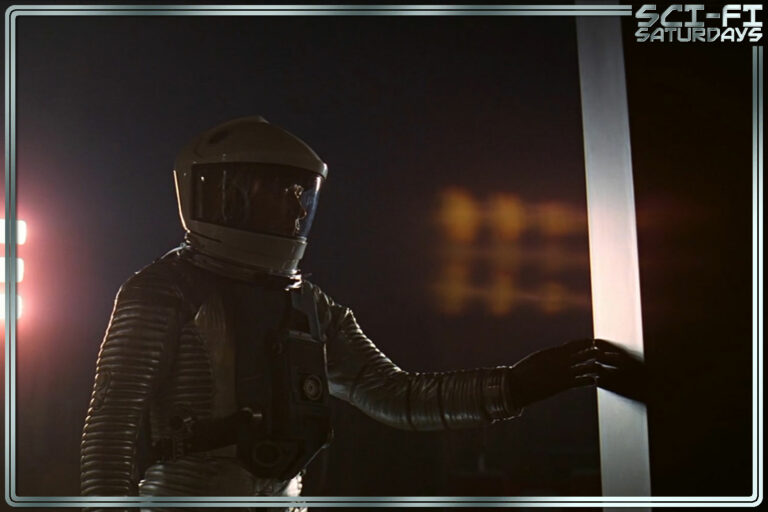
Geoffrey Unsworth and John Alcott were the cinematographers on 2001: A Space Odyssey (1968). Alcott was also Kubrick’s cinematographer on A Clockwork Orange (1971), Barry Lyndon (1975), and The Shining (1980).
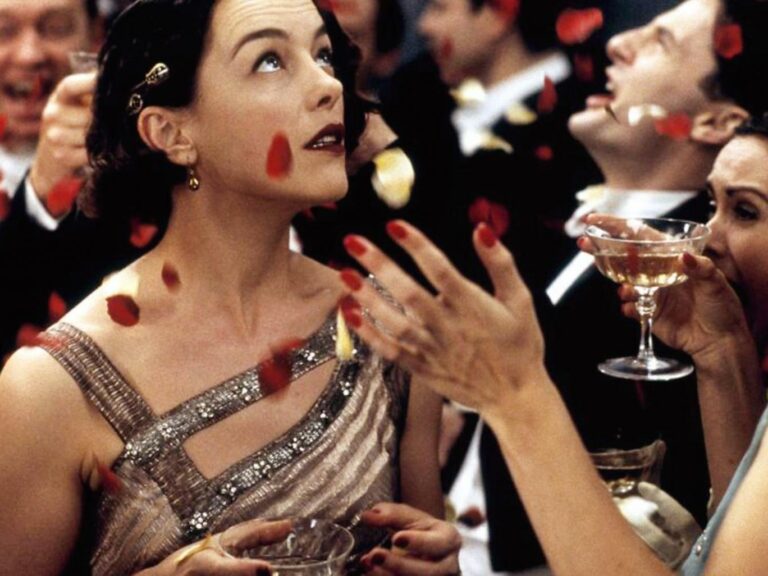
No, the word crap is derived from the first flush lavatory or toilet. Crapper’s Valveless Water Waste Preventor was developed in 1837 by English sanitary engineer Thomas Crapper.

There are about 6,000 to 10,000 species of “true” grasses, members of the family Poaceae. They are the most widespread and numerous of all the flowering plants.
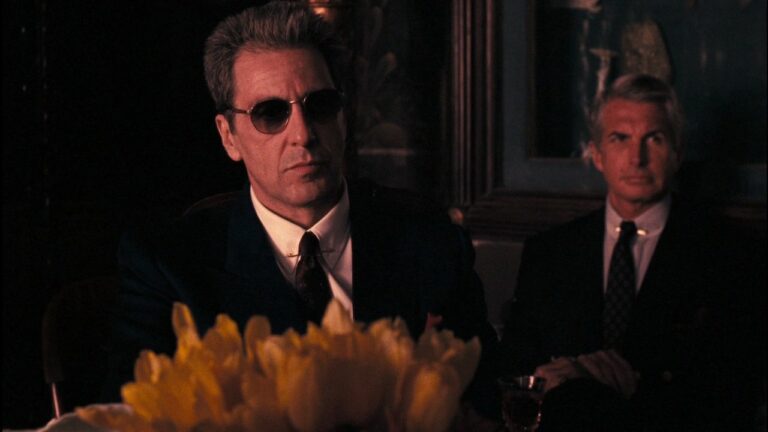
Al Pacino wanted $7 million for appearing in The Godfather Part III (1990), but settled for $5 million and points when director Francis Ford Coppola threatened to begin the movie with the funeral of Michael Corleone.
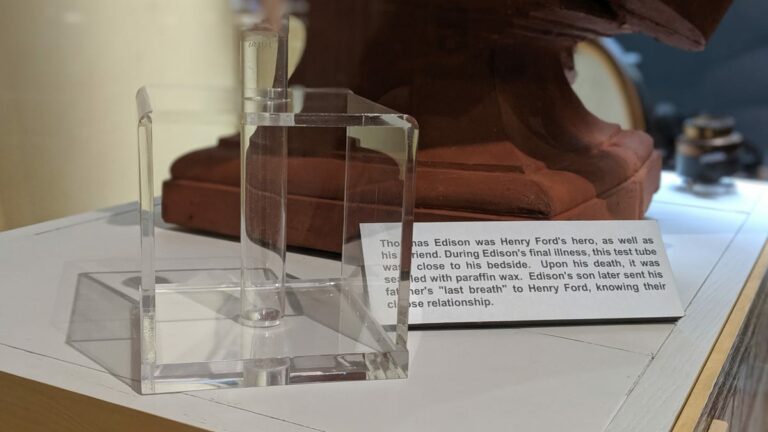
A vial containing the air representing Thomas Alva Edison’s last exhalation is a prime draw at the Henry Ford Museum in Dearborn, Michigan. Originally known as the Edison Institute for Technology in honor of Ford’s inventor friend, the museum also includes a slab of concrete with Edison’s footprints in addition to more general Americana like…
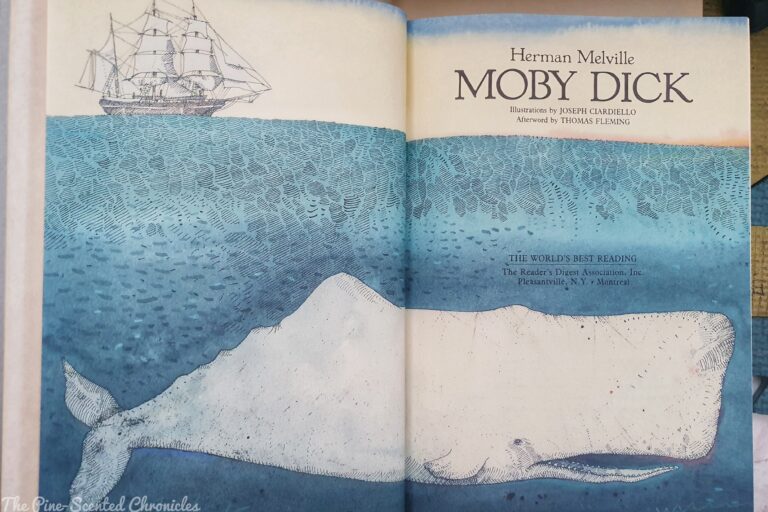
Melville’s novels of the South Seas were published in this order: Typee in 1846, Omoo in 1847

The largest plant in the world is said to be the General Sherman Tree, a giant sequoia in Sequoia National Park, California. The tree is about 272 feet tall and more than 100 feet in circumference. It is about 3,500 years old.

For drinking, washing, etc., an average American uses 168 gallons of water per day. The average American residence uses 107,000 gallons of water per year.
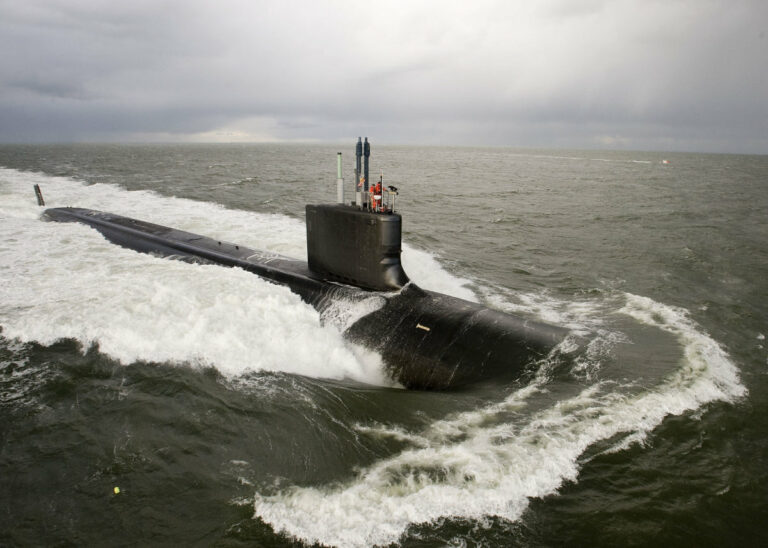
The first atomic-powered submarine, the Nautilus, was launched at Groton, Connecticut, on June 21, 1954.
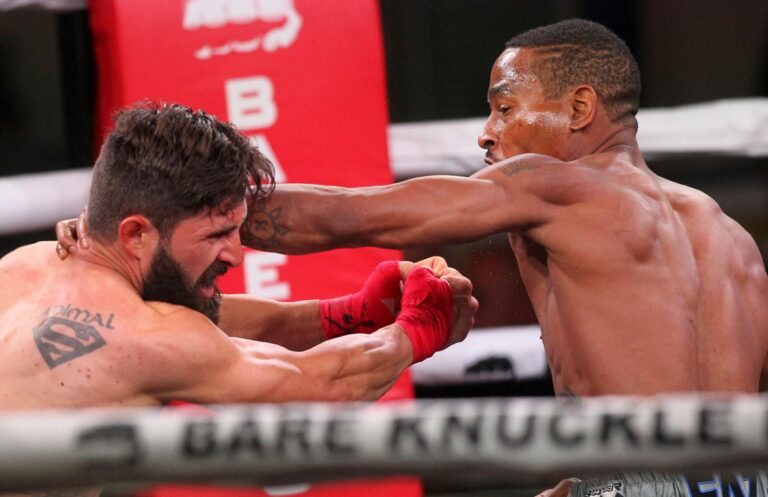
John L. Sullivan knocked out Jake Kilrain in the 75th round of the U.S. heavyweight championship at Rich-burg, Mississippi, on July 8, 1889. This was the last legal bare-knuckle fight. He claimed to have won the world’s championship with that victory, since Kilrain had previously fought a draw with the English champion. After that fight,…
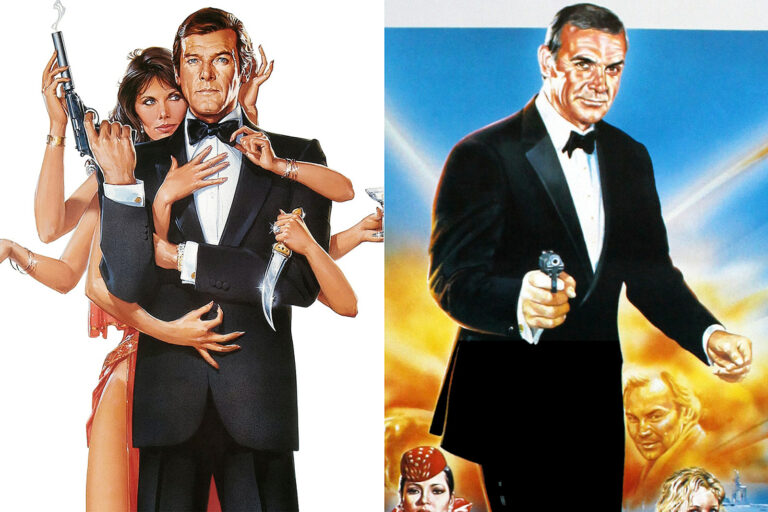
David Niven played James Bond in the movie Casino Royale (1967). His nephew, Jimmy Bond, was played by Woody Allen.

One female director has been nominated for an Academy Award. Lina Wertmuller was nominated for Seven Beauties in 1976. She didn’t win.
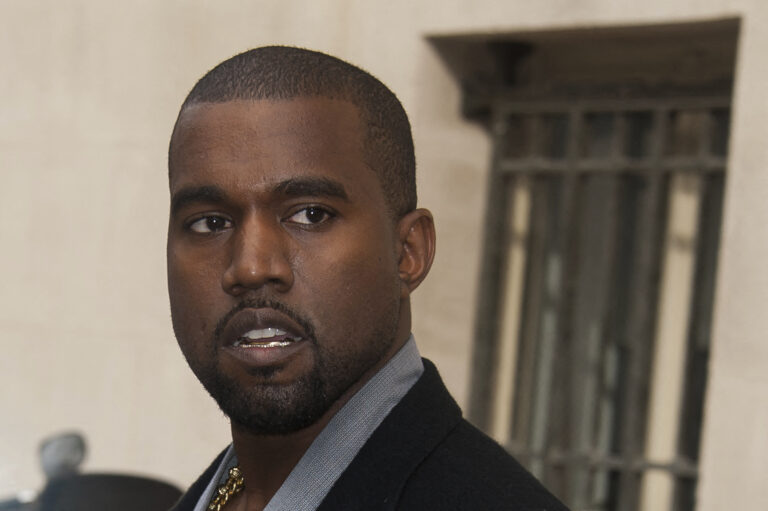
Benjamin Harrison, Republican, in 1888, was the last president to be elected without winning the largest share of the popular vote. Fewer ballots were cast for him at the polling booth than for Democrat Grover Cleveland. But Harrison carried the day by winning 233 votes in the Electoral College to Cleveland’s 168.

For a brief period from 1967 to 1969, Warner Brothers was known as Warner Brothers-Seven Arts. It got that name when it was acquired by the Canadian-based Seven Arts Productions. In 1969, Warner Brothers became part of Kinney National Service, which later became Warner Communications.
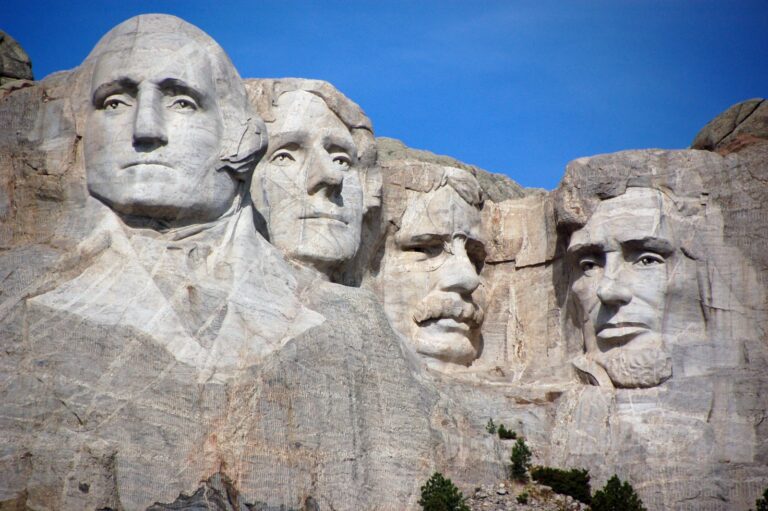
Idaho-born sculptor Gutzon Borglum (1867-1941), with the help of his son, carved the faces on Mount Rushmore from 1927 to 1941. The faces are those of Thomas Jefferson, Abraham Lincoln, Theodore Roosevelt, and George Washington.
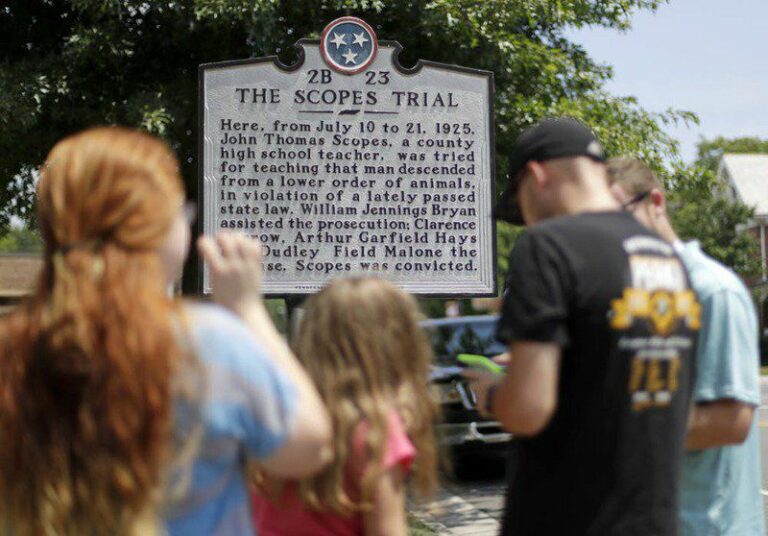
The State of Tennessee, represented by prosecutor William Jennings Bryan, won its 1925 case against John Thomas Scopes in the Scopes trial. John Thomas Scopes was a high-school biology teacher charged with illegally teaching the theory of evolution. Despite the efforts of defense attorney Clarence Darrow, Scopes was convicted and fined $100. However, an appeals…
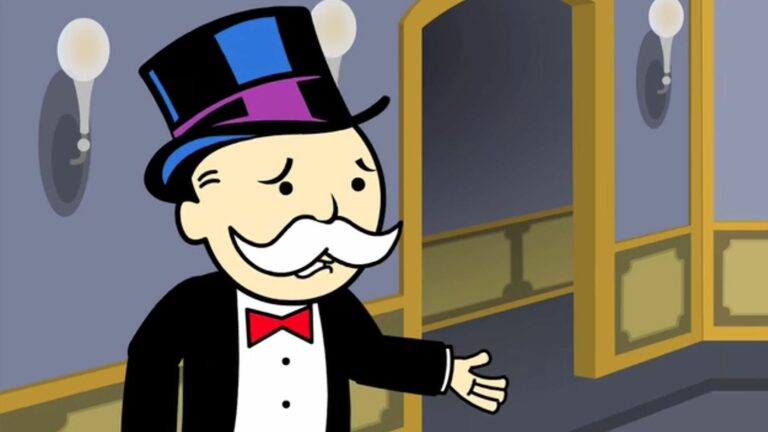
The Alka-Seltzer mascot’s name was Speedy, a puppet, who has been around since 1953.
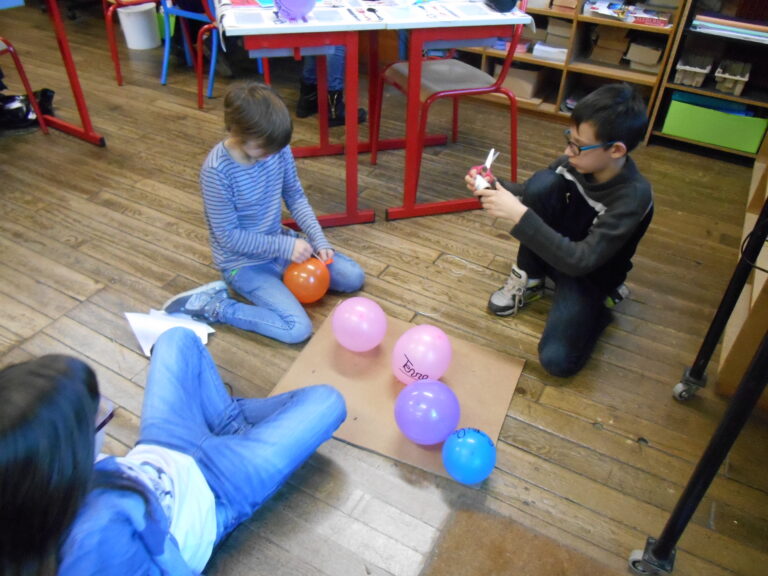
Stay-Put Lipstick brought adman Rock Hunter to sudden fame, which was endorsed by sex symbol Rita Marlowe (Jayne Mansfield).
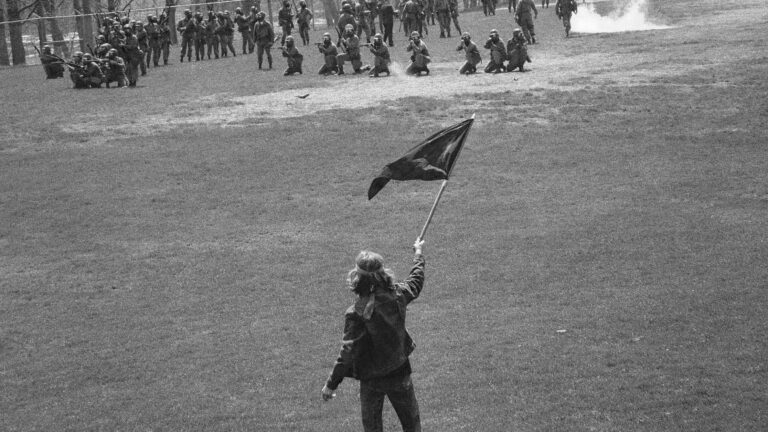
Thirteen students were shot by Ohio National Guard troops under the command of General Robert H. Canterbury during the antiwar demonstration at Kent State University on May 4, 1970. Nine were wounded and four were killed: Allison Krause, Jeffrey Miller, Sandra Scheuer, and Bill Schroeder. Of those four, only Krause and Miller had been demonstrating….
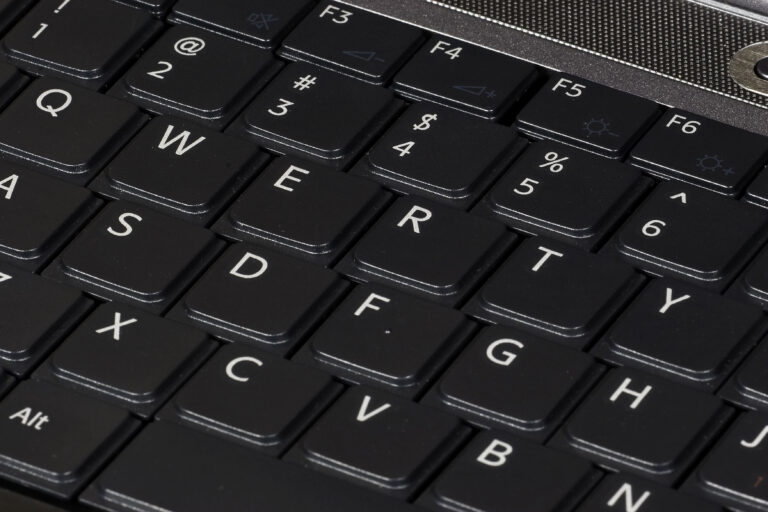
In order of frequency of use, they are: e, t, o, a, and n. Which letters are least frequently used? They are: k, j, x, z, and q.

The correct pronunciation of Demi Moore’s first name is Duh-MEE.
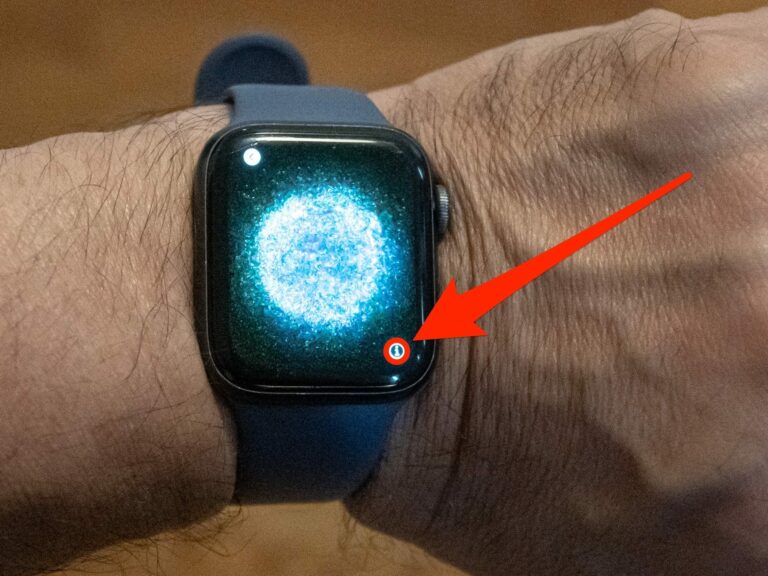
The apple of one’s eye is the pupil, which was likened to an apple because, in the ninth century, it was believed to be a solid round mass.
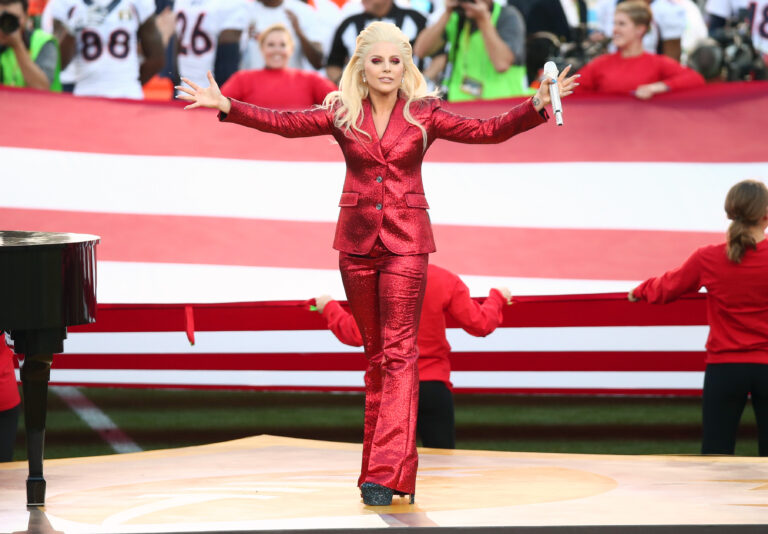
The “The Star-Spangled Banner” has four stanzas, all ending with “O’er the land of the free, and the home of the brave.” Congress made it the national anthem in 1931.

Nescafe, developed by the Nestle Company and introduced in Switzerland in 1938 was the first instant coffee. It had taken eight years to develop.
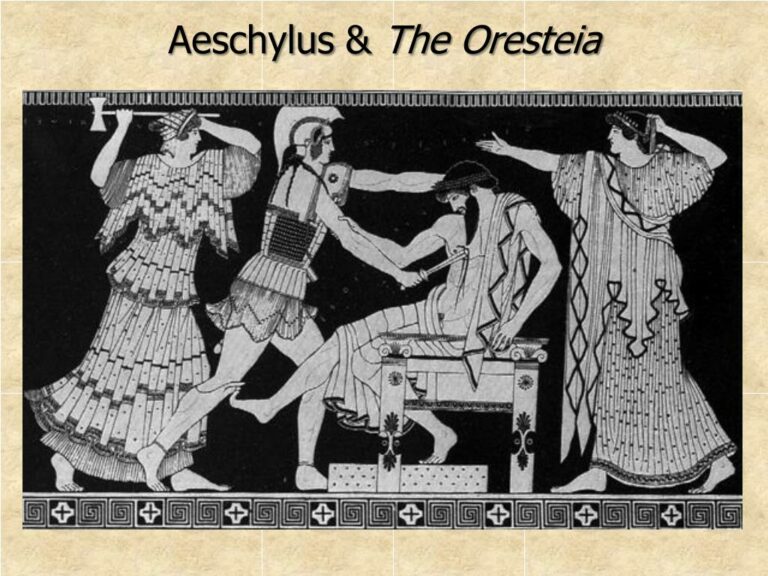
Aegisthus was Clytemnestra’s lover in Aeschylus’s Agamemnon. He conspired with Clytemnestra to kill her husband, Agamemnon.
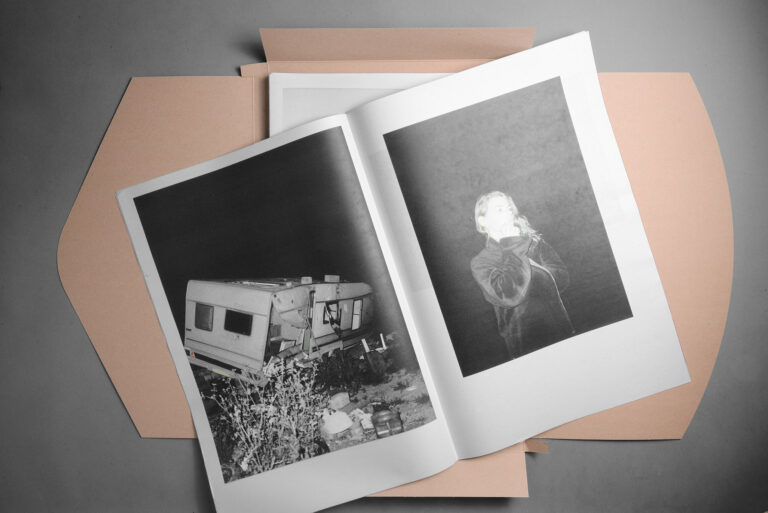
The alienated artist never discovered food that he enjoyed, so he starves to death in Franz Kafka’s short story “The Hunger Artist.”
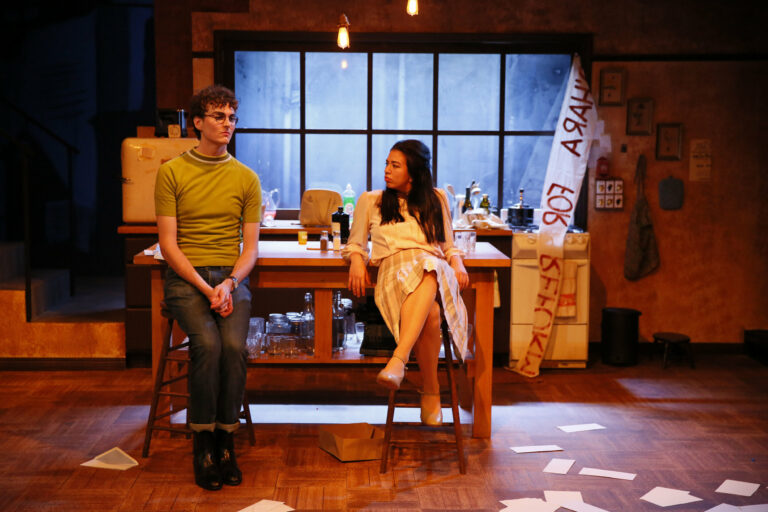
In the 1964 play The Sign in Sidney Brustein’s Window by Lorraine Hans-berry, it was located in Greenwich Village, New York City.

The largest, though not the tallest office building was the World Trade Center in New York City. Each of its twin towers contained 4.37 million square feet of space.
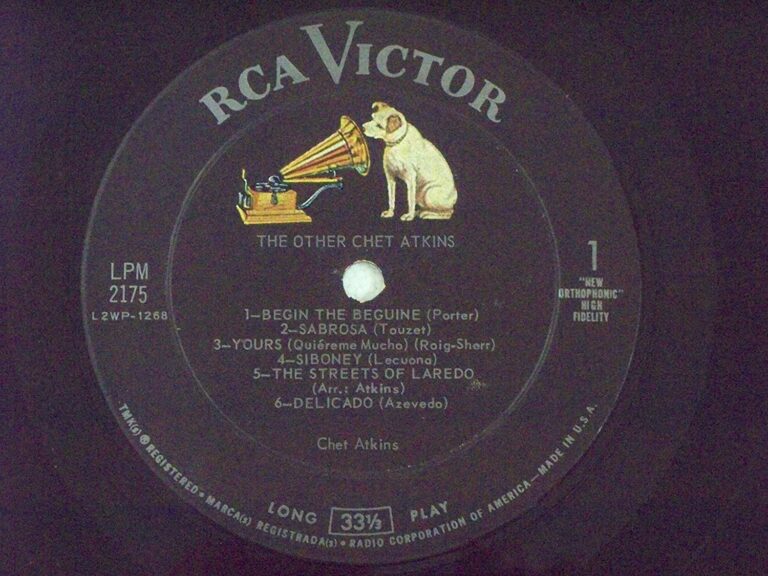
The town brought to life in the 19th-century cowboy song “The Streets of Laredo” is located in Texas.
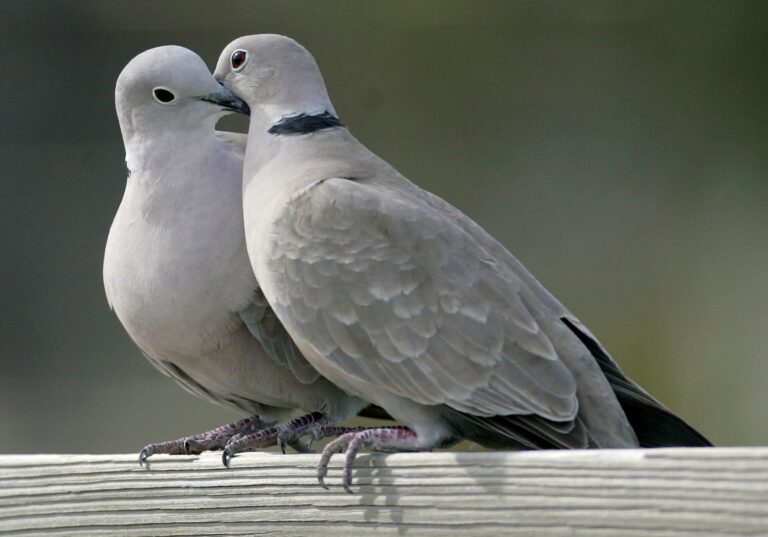
364 gifts were mentioned in the song “The Twelve Days of Christmas”.
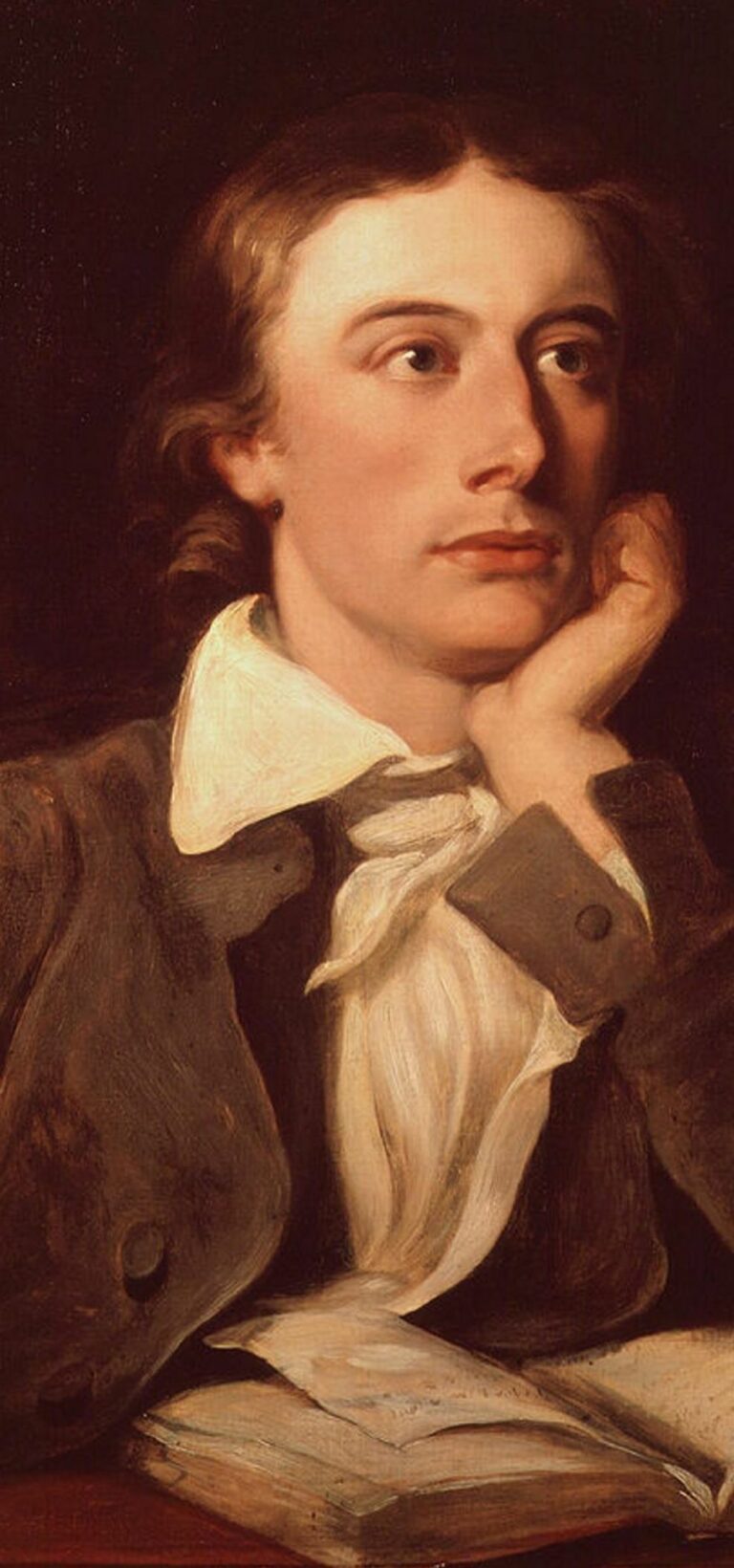
In a letter written in December 1817 to his brothers George and Thomas, poet John Keats first referred to “negative capability, that is when man is capable of being in uncertainties, Mysteries, doubts, without irritable reaching after fact and reason.” Keats considered this quality essential to a “Man of Achievement especially in literature.”

Airplanes were first used by the U.S. armed forces unsuccessfully in 1916 against Pancho Villa in Mexico. In 1917, the First Aero Squadron, the first air unit, fought in World War I.
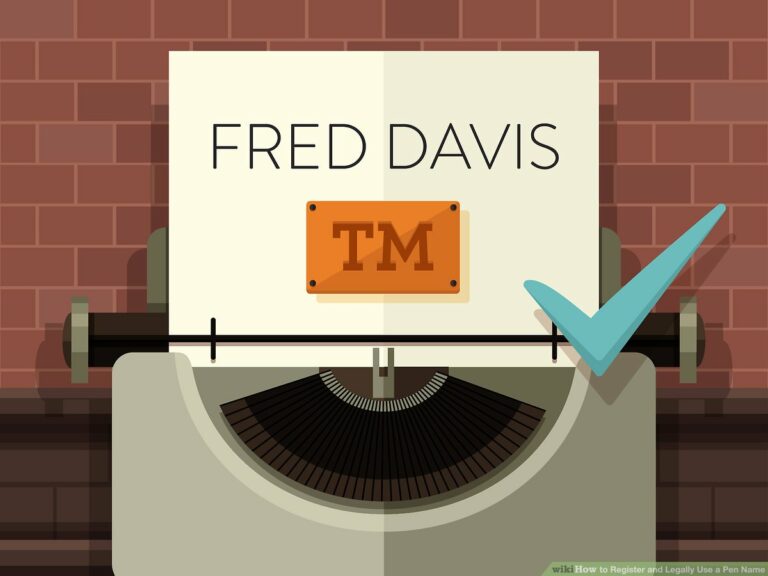
Boz. Charles Dickens George Eliot. Mary Ann Evans George Orwell. Eric Arthur Blair Ellery Queen. Frederic Dannay and Manfred B. Lee Stendhal. Marie-Henri Beyle Saki. Hector Hugh Munro Voltaire. Francois-Marie Arouet Maksim Gorki. Aleksei Maksimovich Peshkov
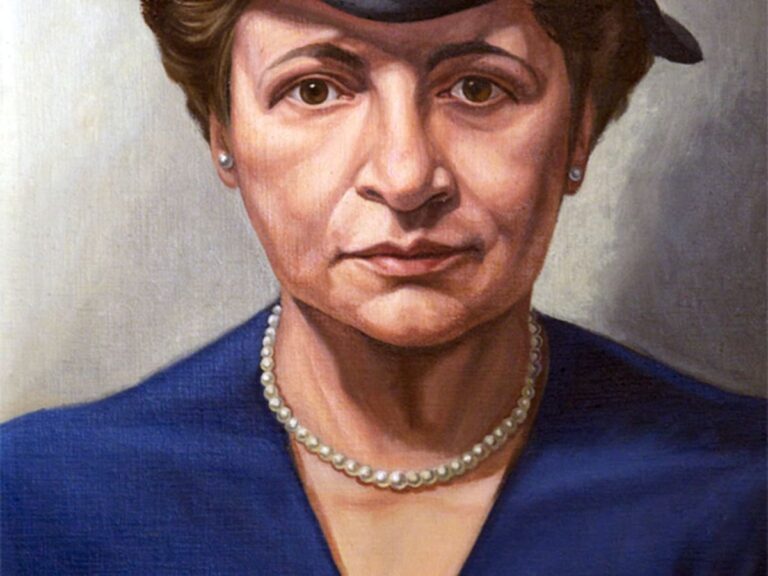
The first female to hold a post in the U.S. Cabinet was Frances Perkins. She served as Secretary of Labor under Franklin D. Roosevelt from 1933 to 1945.
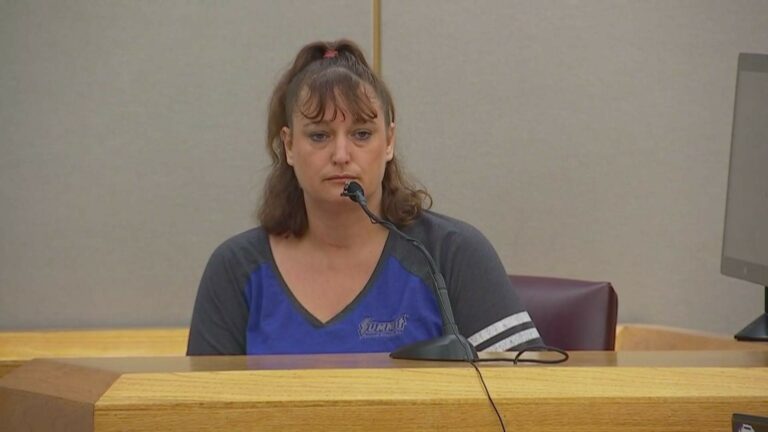
Oliver North served no prison time. The Marine colonel at the center of the Iran-Contra scandal was convicted in 1989 of falsifying and destroying records, accepting an illegal gratuity, and obstructing Congress, but was not given prison time. Instead, he was given a three-year suspended sentence and ordered to perform 1,200 hours of community service….
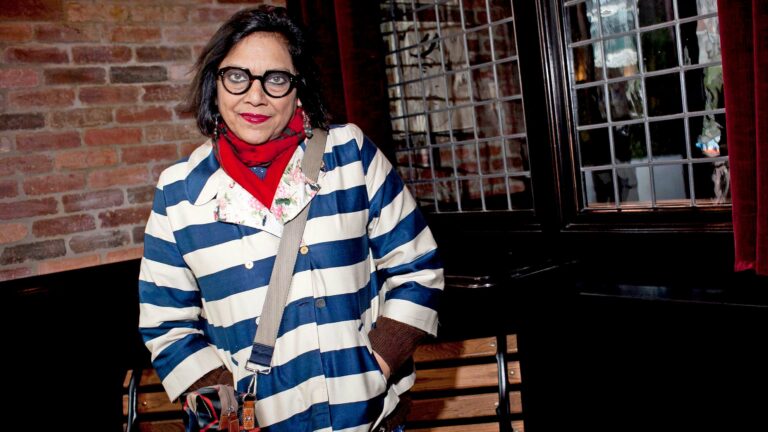
Appearing long before “Peyton Place” (ABC, 1964-69), the first prime-time soap opera was “A Woman to Remember,” starring Patricia Wheel. The series, which was based on a daytime serial, ran on the DuMont network from May to July, 1949.
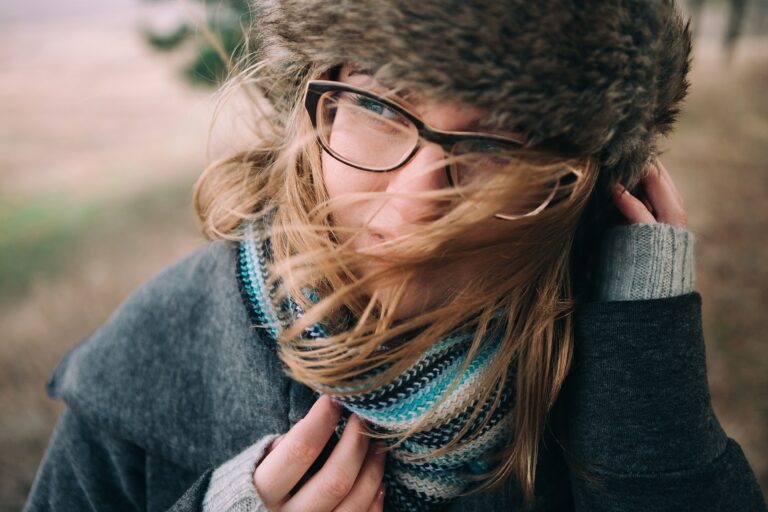
Far from it. With an average wind speed of 10.4 miles per hour, Chicago ranks 16th in the list of windy American cities. Here are the top five, with average wind speeds (in miles per hour): 1. Great Falls, Montana. 13.1 2. Oklahoma City, Oklahoma. 13 3. Boston, Massachusetts. 12.9 4. Cheyenne, Wyoming. 12.8 5….
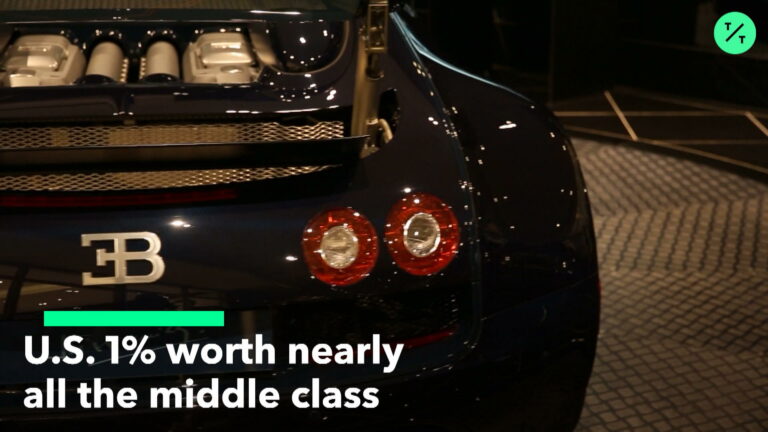
More than 36 percent of the nation’s net worth (assets minus debts) was held by the top one percent of households in 1989, up from below 20 percent in 1979, according to a 1992 study. The study shows that the wealthiest few increased their share of the nation’s total wealth as much during the Reagan…
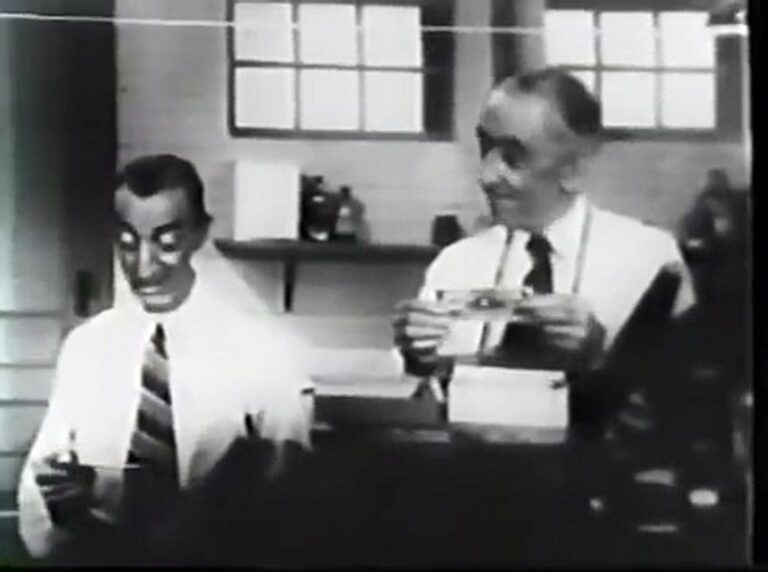
Check and Double Check (1930) was the first film to star Freeman F. Gosden as Amos and Charles V. Correll as Andy. The two white actors played the roles in black-face.
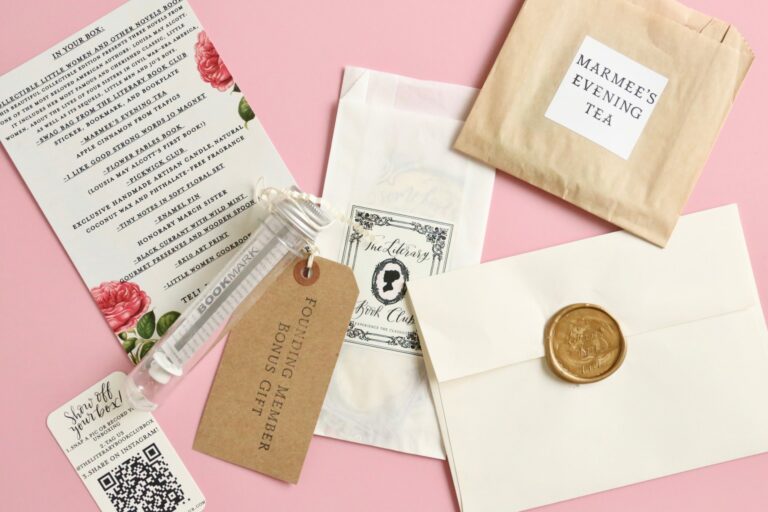
Author Anne Hutchinson organized literary groups for women in the seventeenth century.
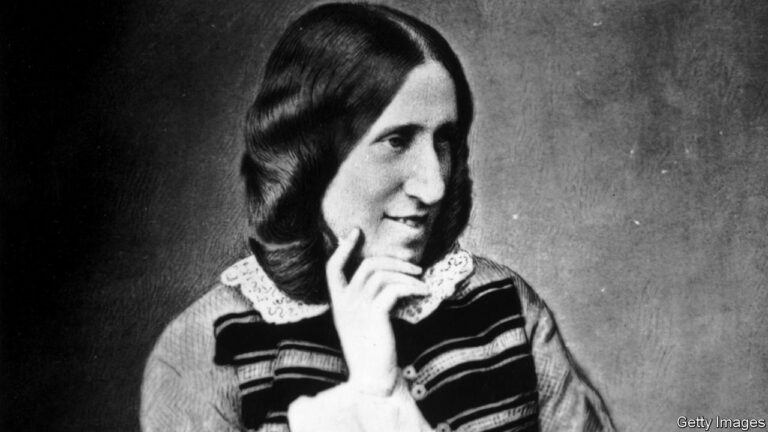
The English author of Middlemarch (1871-72), George Eliot was born Mary Ann Evans.
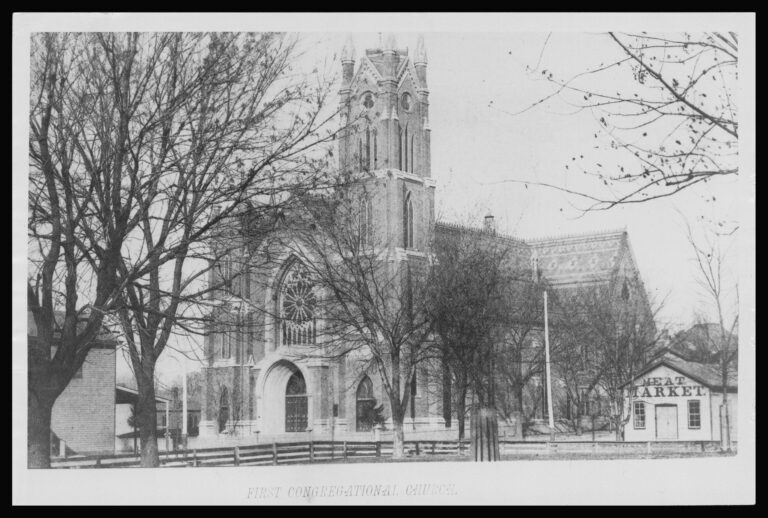
John T. Scopes was a young biology teacher in Dayton, Tennessee, who broke a state law forbidding the teaching of evolution. His 11-day trial in 1925 ended with his conviction and a fine of $100. Authorities later reversed the decision on a legal technicality. Prosecuting attorney William Jennings Bryan died five days after the trial…

The tallest hills in San Francisco are Twin Peaks, Mount Davidson, and Mount Sutro, all more than 900 feet tall. The best known hills, Nob Hill and Telegraph Hill, are smaller, between 300 and 400 feet.
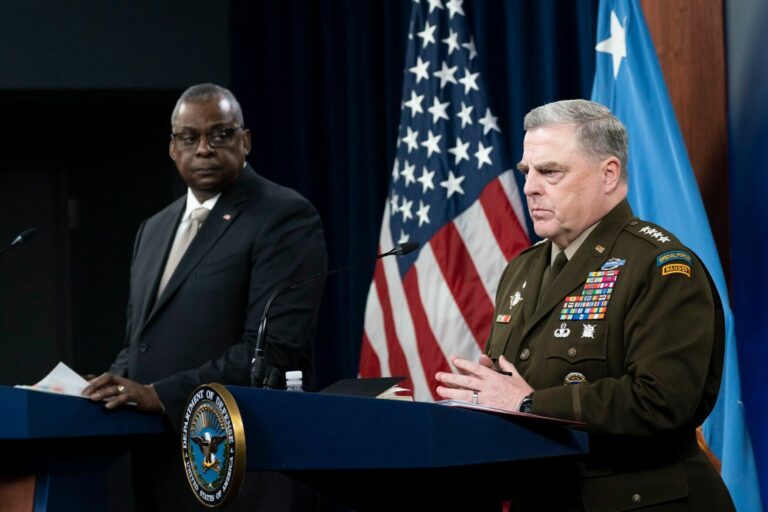
The name of the “Love Boat” on the TV series was the Pacific Princess, with Captain Merrill Stubing (Gavin MacLeod) at the helm.
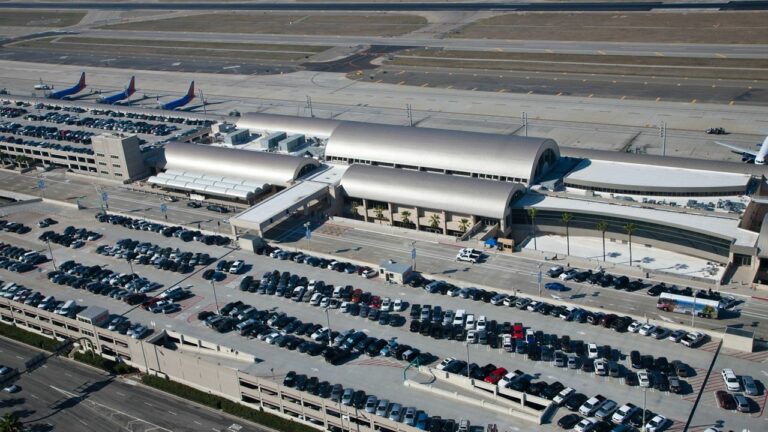
John Wayne Airport is at Santa Ana, Orange County, California.
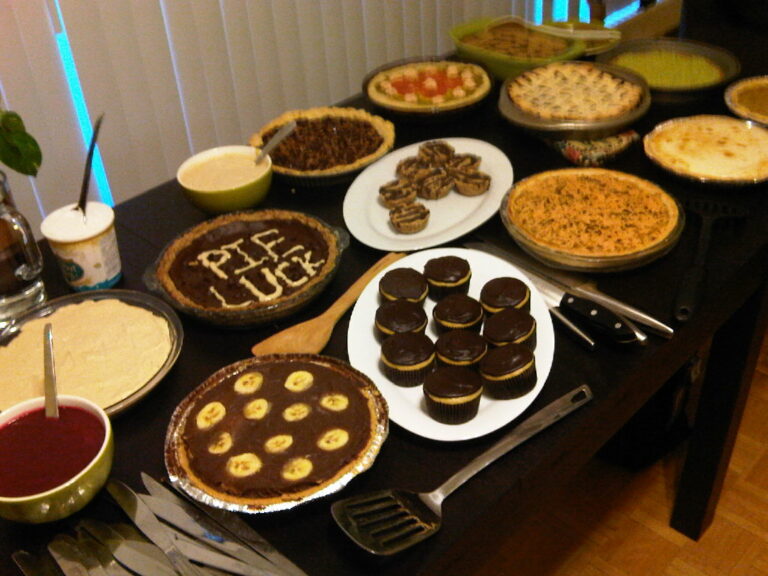
Robert Browning (1812-89) and Elizabeth Barrett (1806-61) had to marry secretly because Barrett’s father refused to let his children marry, even though Elizabeth was forty at the time. The secret wedding took place at London’s St. Marylebone Church on September 12, 1846. (Browning was thirty-four.) They lived in Florence for fifteen happy years until her…
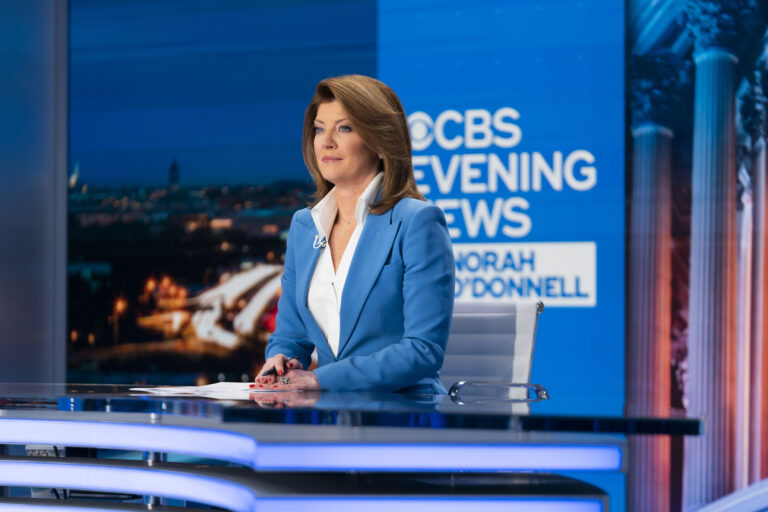
Barbara Walters was the first female national news anchor. She co-hosted “The ABC Evening News” with Harry Reasoner from 1976 to 1978.
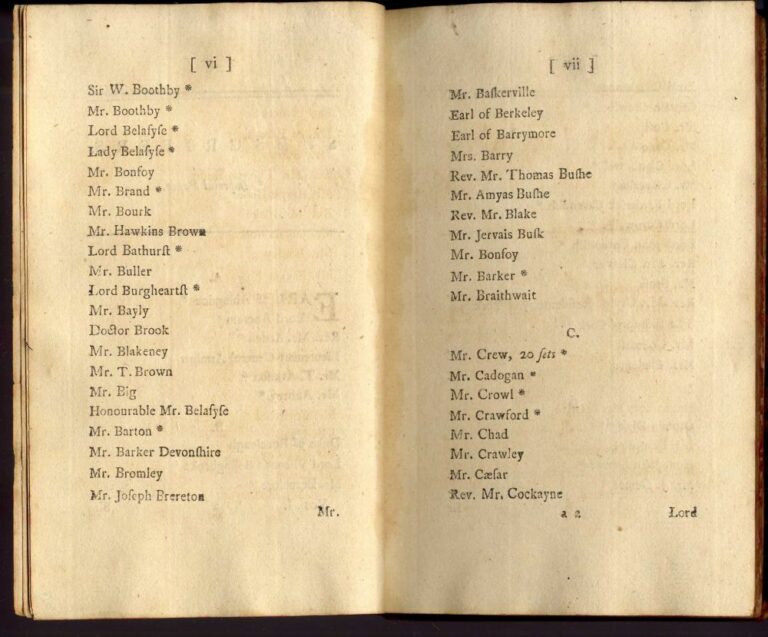
Mr. Yorick narrates Laurence Sterne’s A Sentimental Journey Through France and Italy, a character from Sterne’s earlier novel Tristram Shandy (1767) .
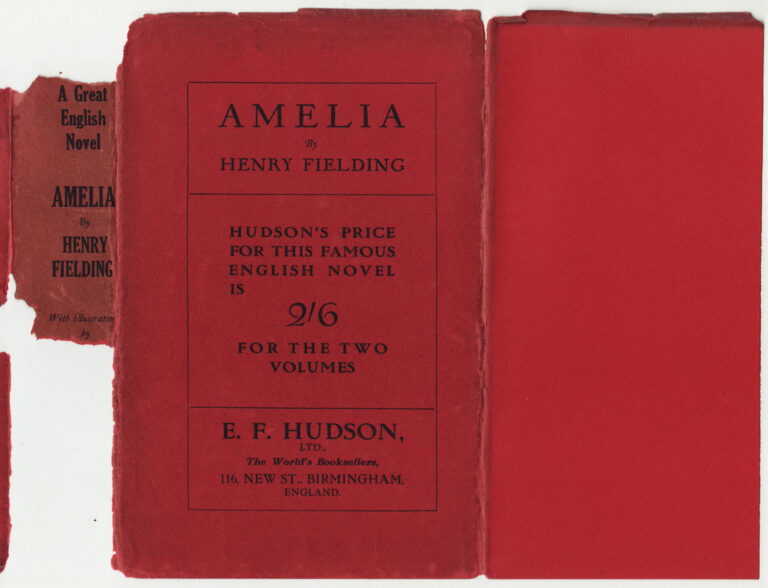
Tobias Smollett created Roderick Random, in The Adventures of Roderick Random (1748).
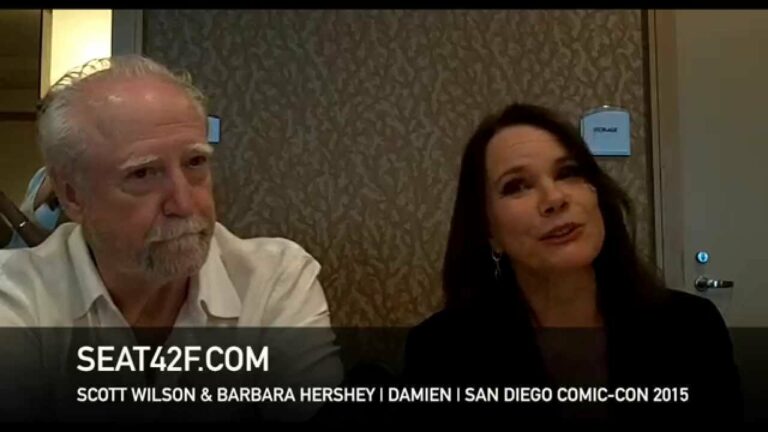
Yes, Barbara Hershey changed her name to “Seagull”. In 1972, at age 24, she officially changed her name to Barbara Seagull. She has since gone back to using the name “Hershey.”
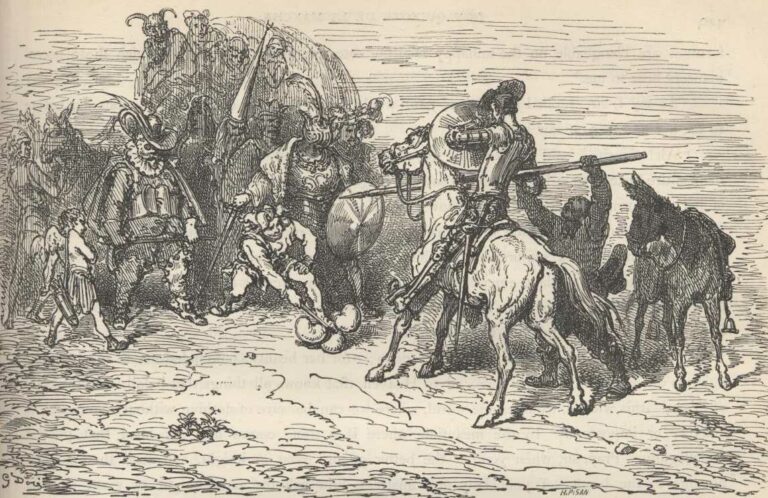
The name of Don Quixote’s horse was Rocinante. The scrawny old horse and its rider appeared in Cervantes’s Don Quixote de la Mancha (1605, 1615).
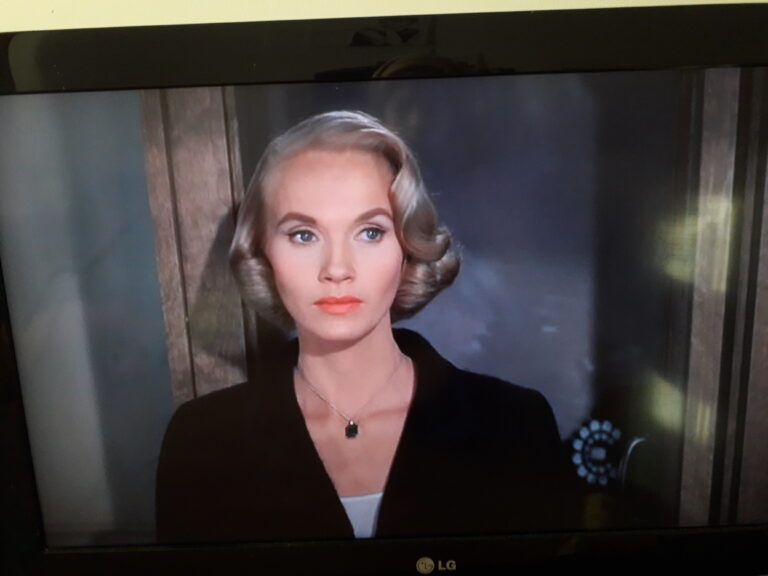
The shooting in North by Northwest (1959) is supposed to be a surprise to onlookers. But in the background, a boy extra (who has rehearsed once too often) puts his fingers in his ears before the gun goes off.
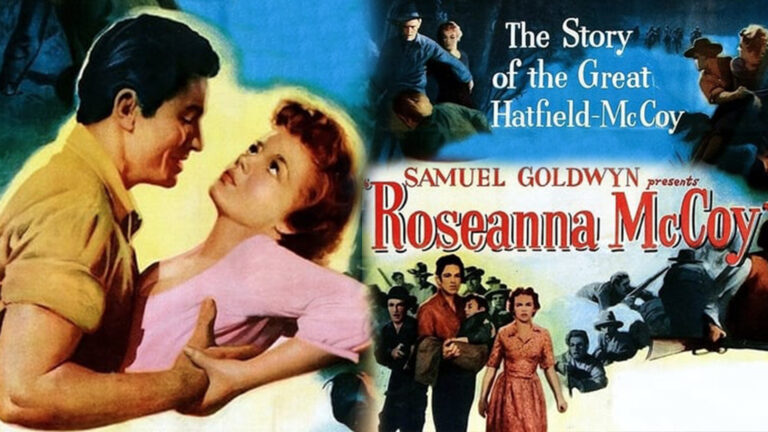
Samuel Goldfish was producer Samuel Goldwyn’s real name. The name was first coined in 1916 when Goldfish (1882-1974) formed a company with several partners, including Edgar Selwyn (1875-1944). Fusing the names of its founders, the new company was named “Goldwyn.” Goldfish liked the name so much he made it legally his own in 1918.
The word avatar means the human incarnation of a god to a Hindu. The word is most frequently applied to the 10 incarnations of Vishnu, the benevolent god of sun and light. His most famous avatars are: Krishna, Rama, and Buddha.
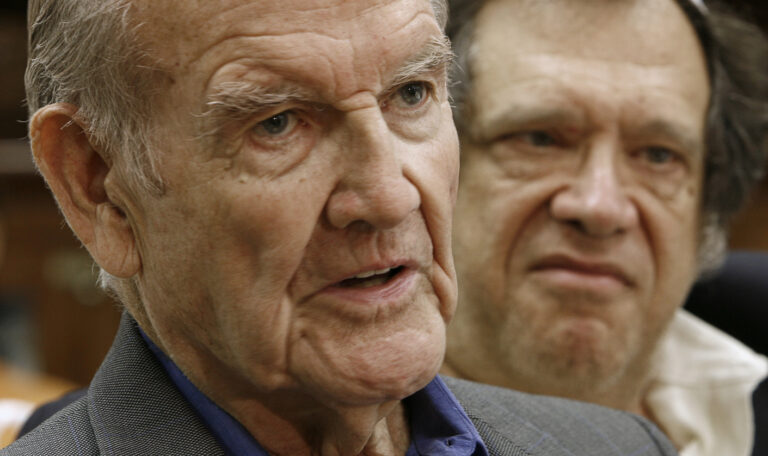
John Sparkman in 1952 and Estes Kefauver in 1956, were Adlai Stevenson’s running mates in the 1952 and 1956 elections. Stevenson lost both times to Dwight Eisenhower and his running mate Richard Nixon.
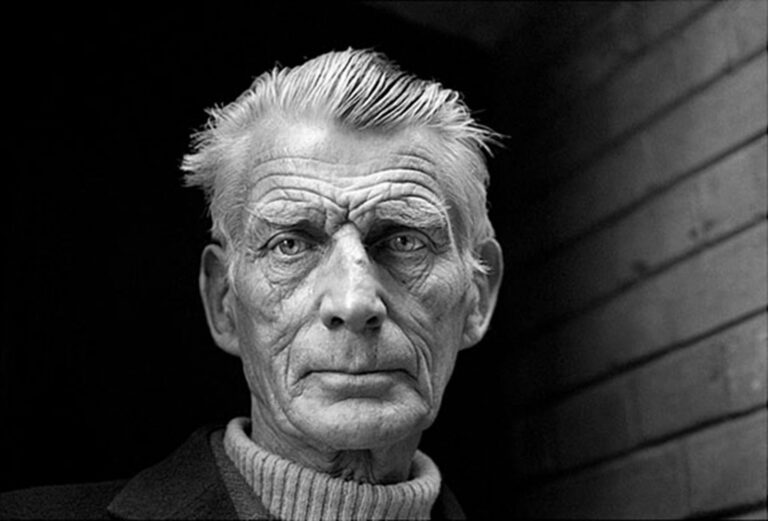
The only scenery in Samuel Beckett’s Waiting for Godot is a tree, leafless in Act 1, and with leaves in Act 2.

The earth moves at 66,641 miles per hour around the sun.
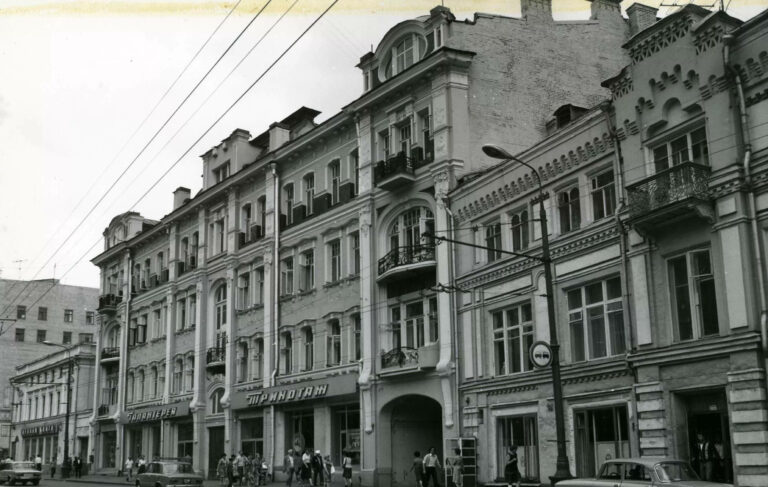
The American-born dancer and choreographer Isadora Duncan (1878-1927), long an advocate of radical politics, went to Moscow in 1921 at the invitation of Anatoly Lunacharsky, Soviet commissar of enlightenment. In Moscow, she founded a school and married poet Sergei Essenin.
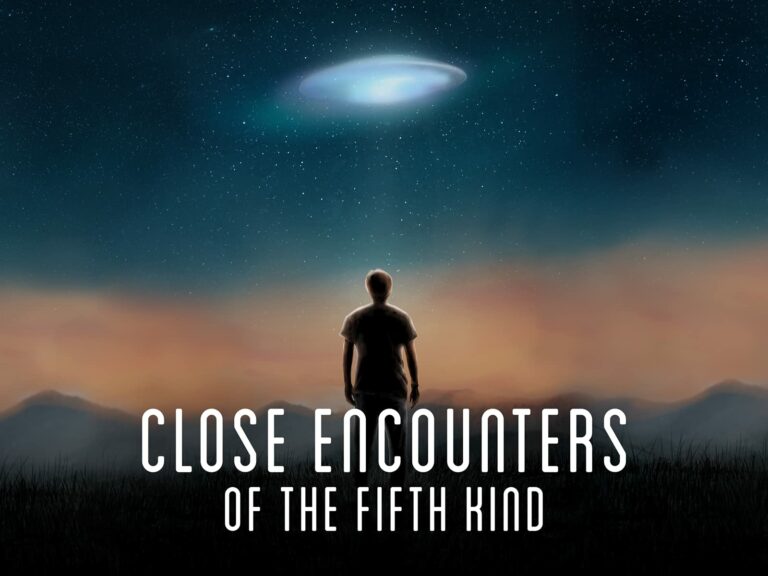
Close encounters of first kind is the sighting of UFOs. Close encounters of the second kind is the finding of physical evidence of UFOs. A close encounter of the third kind is actual physical contact with UFOs.
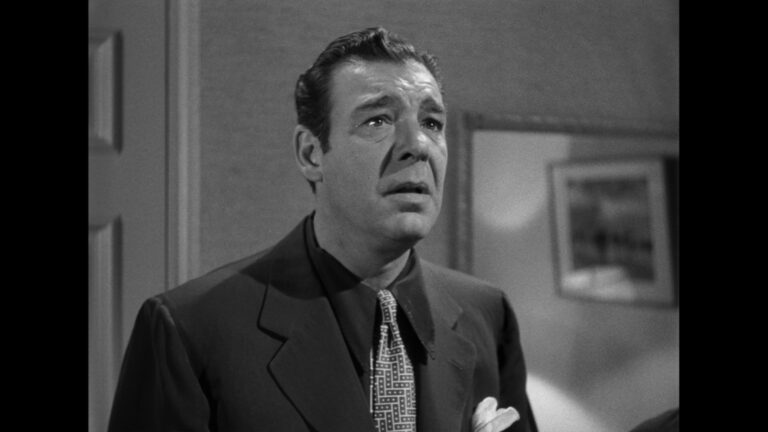
The Secrets of Life and Death was authored by Dr. Frankenstein in Abbott and Costello Meet Frankenstein (1948). In Young Frankenstein (1974), How I Did It was also written by him.
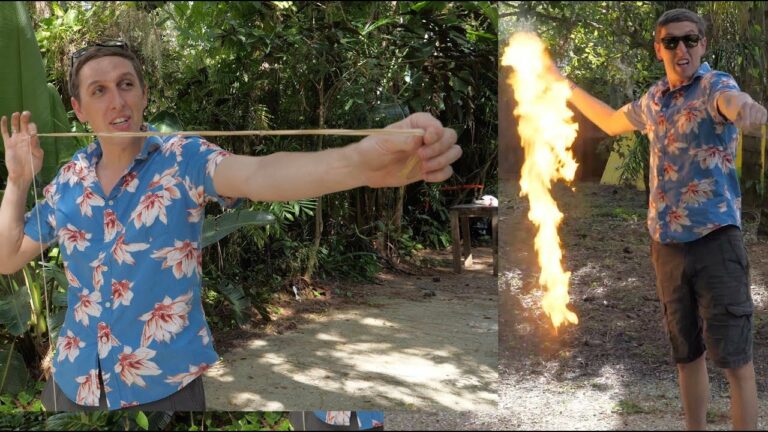
Stephen Perry, of the rubber manufacturing firm of Messrs. Perry & Co., patented his design for vulcanized rubber bands on March 17, 1845. Then, as now, the bands were designed to secure “papers, letters, etc.”
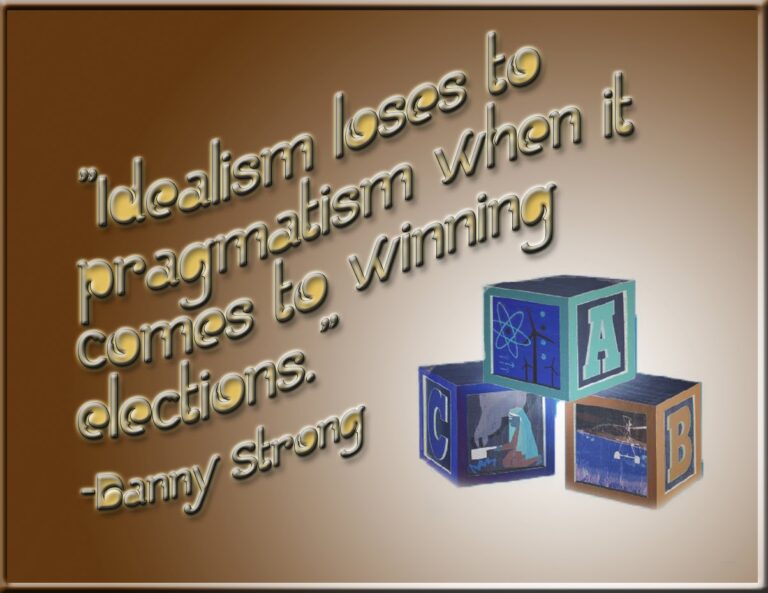
“In a Pickwickian sense” refers to the joking use of insulting words or epithets. The phrase comes from Dickens’s Pickwick Papers (1836-37). Samuel Pickwick exchanges barbs in just such a friendly way with Mr. Blotton in Chapter One.
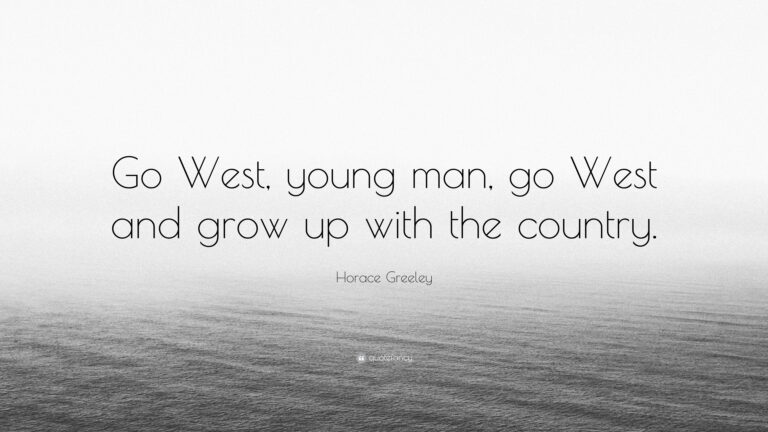
Naval officer Stephen Decatur, hero of campaigns against Barbary Coast privateers and the War of 1812 said, “Our country, right or wrong”. Decatur made his famous remark in a toast at a dinner in Norfolk, Virginia, in 1815: “Our country! In her intercourse with foreign nations may she always be in the right. But our…
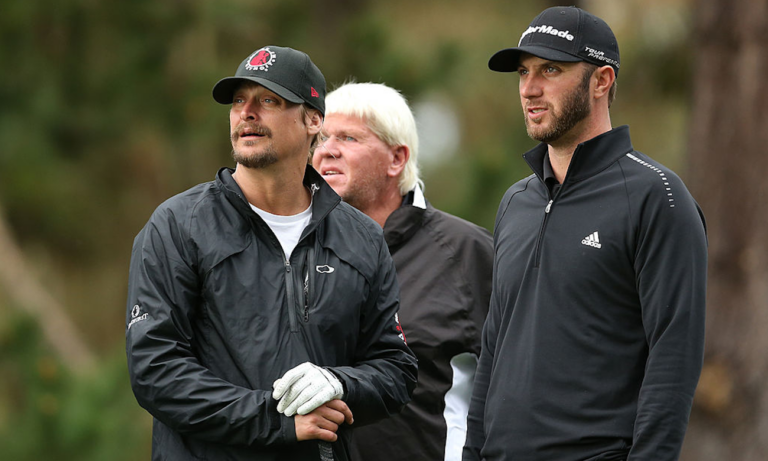
The first “All in the Family” (CBS, 197179) aired on January 12, 1971, at 9:30 P.M.
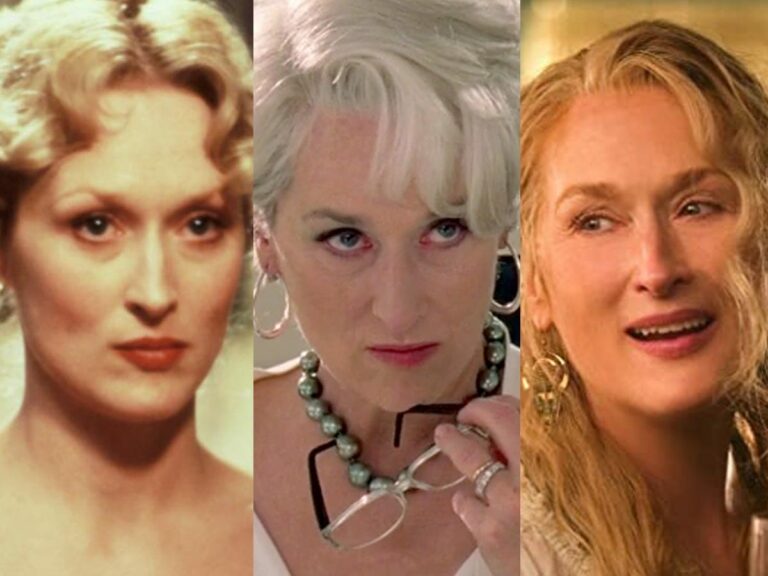
Meryl Streep’s theatrical film debut was Julia (1977).
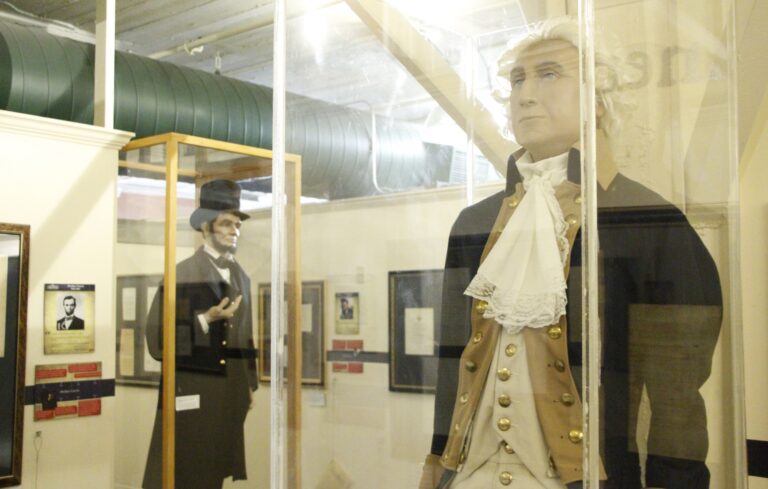
President John Tyler was known as “His Accidency”, because he moved up from the vice-presidency through the accident of President William Henry Harrison’s death from pneumonia in 1841.
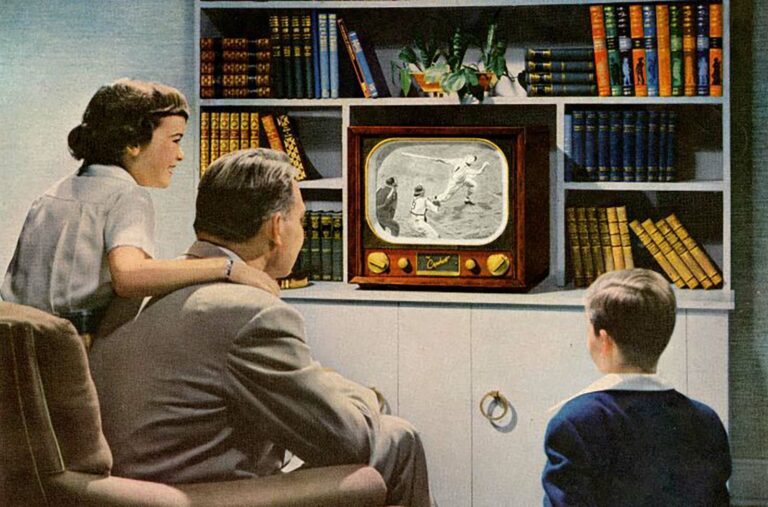
It was eleven-year-old Robert Strom, who won $192,000 on the game show “The $64,000 Question” (CBS, 1955-58).
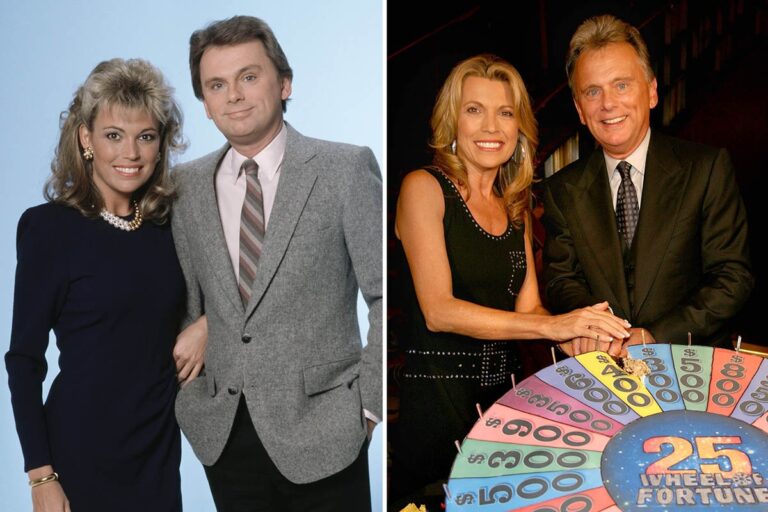
The syndicated TV program “Wheel of Fortune” with Pat Sajak and Vanna White has been on the air since September, 1983.
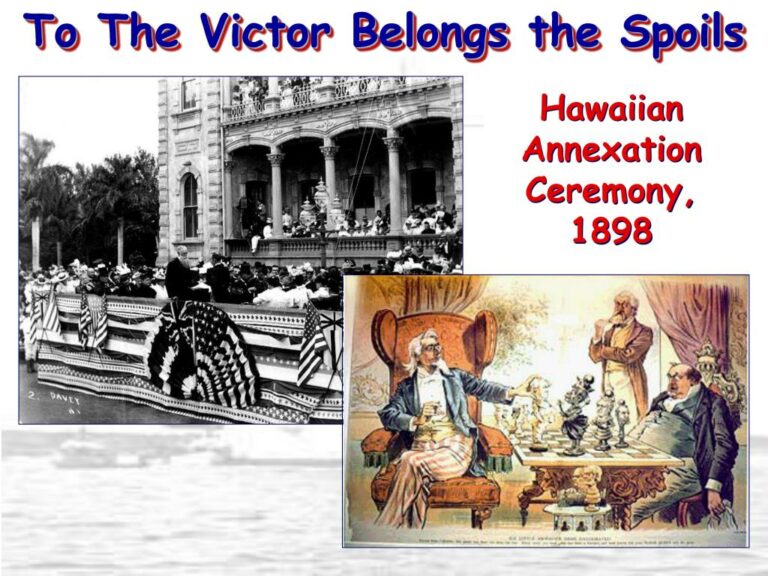
The Spanish-American War was called “that splendid little war” by then U.S. Secretary of State John Hays.

The Trail of the Lonesome Pine (1936), directed by Henry Hathaway, was the first outdoor movie to be filmed in three-strip Technicolor”. It starred Sylvia Sidney, Fred Mac-Murray, and Henry Fonda. It was set in backwoods Kentucky in the early 1900s.